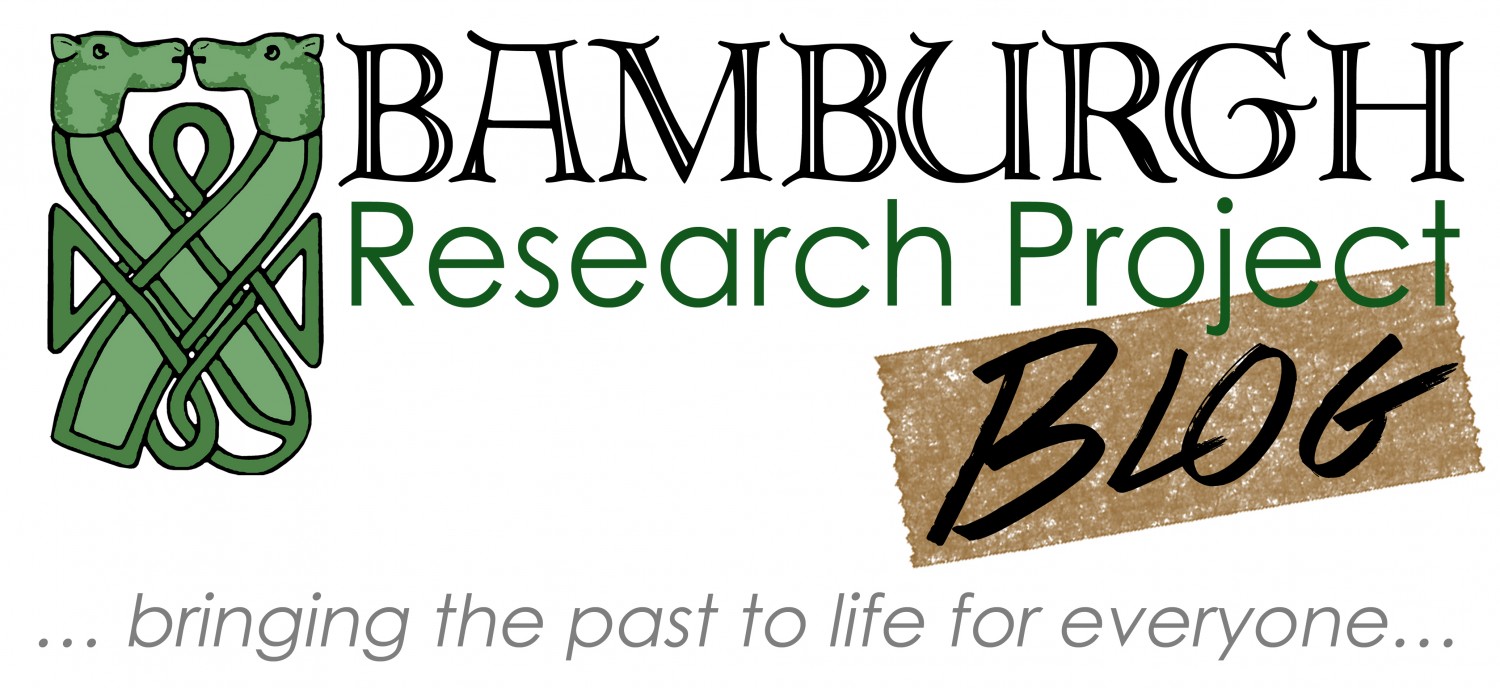Thanks to our successful (and ongoing) fundraiser we were able to undertake an extra week of excavation to explore the newly discovered roundhouse. Our additional dig time was a busy few days but did prove very productive. We were able to use a machine (thanks to the castle for funding this as well as a good part of the additional wages and to Rob for his skilled driving) to open up a substantial part of the Hope-Taylor 1970 excavation that had up until now, remained backfilled.
In this new area we had the space to trace a little more of the roundhouse wall foundation as it extended beneath the later early medieval mortar mixer, which we half removed. As is so often the case, frustratingly, the wall foundation terminated after a few more foundation stones were uncovered. At first a little disappointing but when we realised that the floor surfaces and the traces of daub also stopped we suddenly realised that this may be an entrance and therefore a lot more interesting than a little more of the wall. To add to this there was a small line of stones similar to the wall foundation extending from where the wall stopped that just might be a trace of a porch.

The little trench we were able to dig on the other side of the mortar mixer was restricted by the need to keep it clear of the standing sections but we were able to identify angular stones just like elsewhere in the roundhouse foundation and a patch of daub against the section. This makes it very likely we were seeing at least further traces of the roundhouse wall beginning to appear. Though we were perhaps forced just too far to the south to be right on top of the wall continuation.
So it seems we now have good reason to assume we have an entrance facing, broadly, south-west, which would make sense, as it would maximise the light that reached the inside of the building on winter days and is very common for roundhouses because of that. It also makes particular sense on our site as this is down slope so would also prevent rain-water running in.

Next Steps
The next phase of work will be off-site when we process the plans and digitise the records. We also have samples to be processed that include radiocarbon dates that will allow us to develop a much clearer picture of when the roundhouse was in use. In addition to the normal palaeoenvironmental samples, we have a block from the floor surfaces that a colleague may be able to utilise to undertake detailed micro analysis.
Fundraiser
After some thought we have decided to keep our fundraiser open in the hope that some of our supporters will be happy to contribute a little to the post-excavation, which in many ways we hope will be just as informative (and is just as important!) as the excavation itself.













